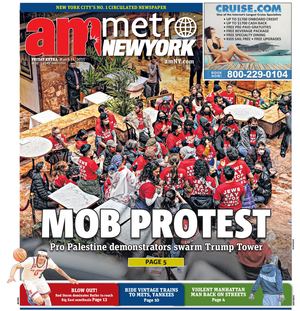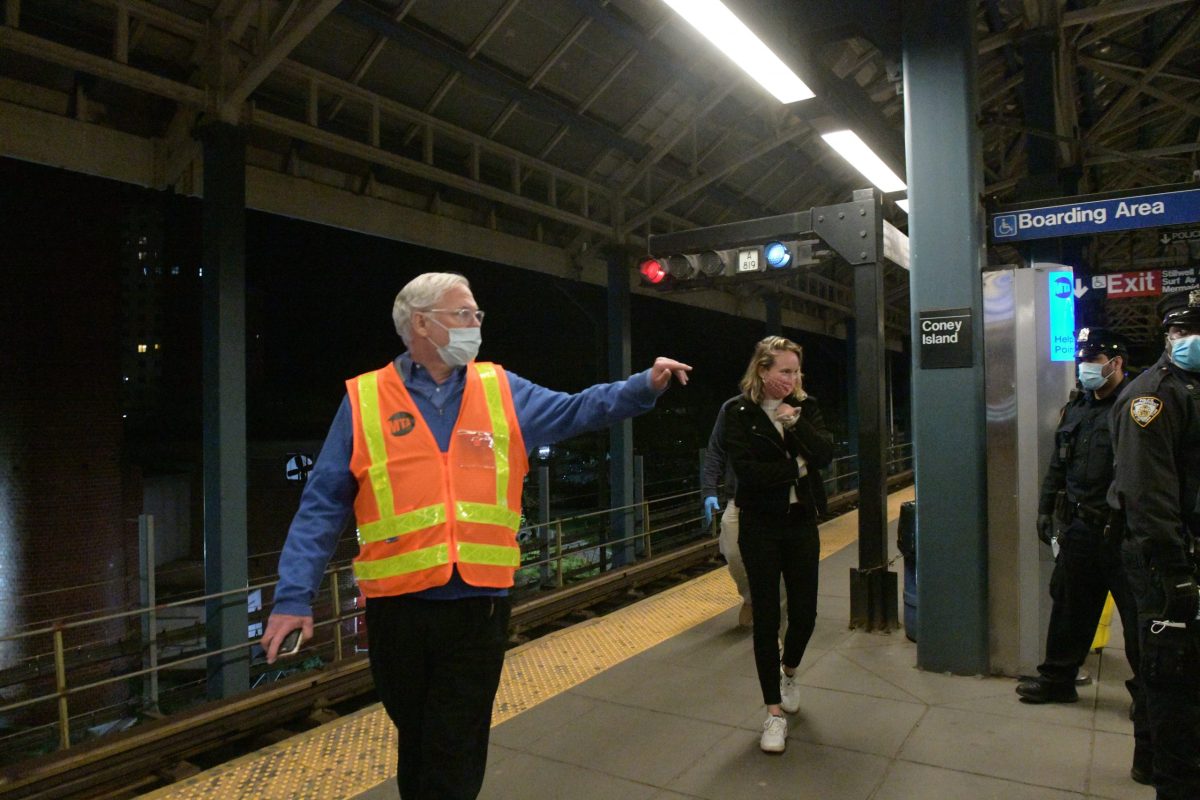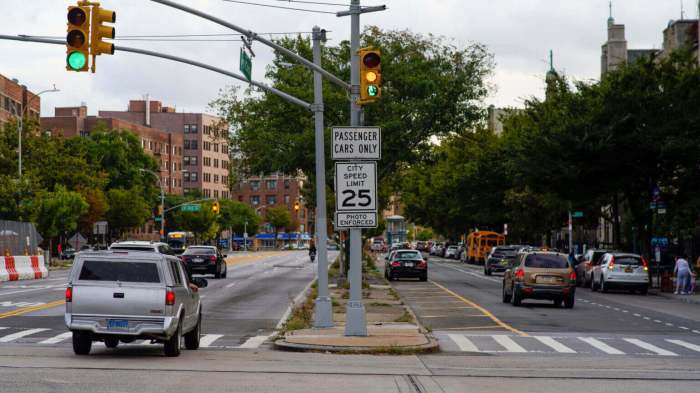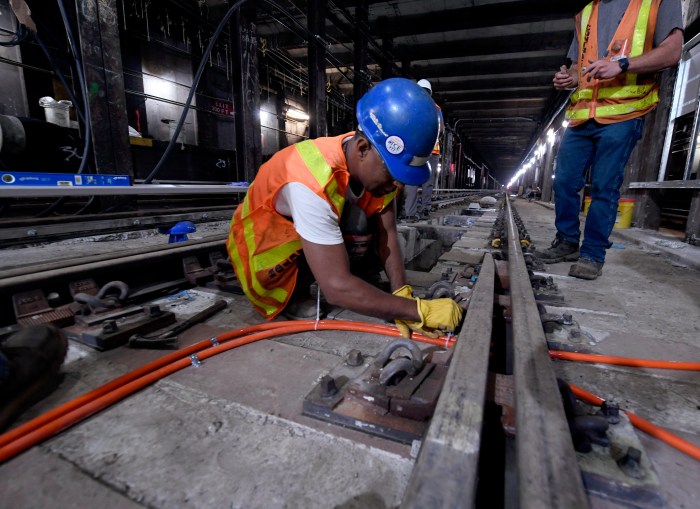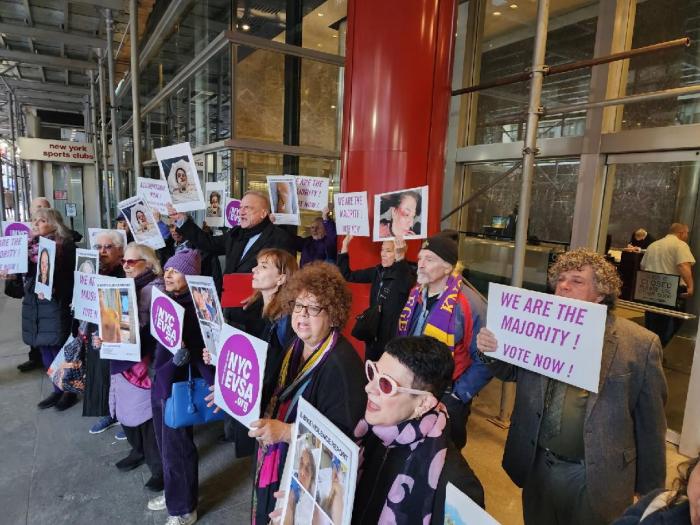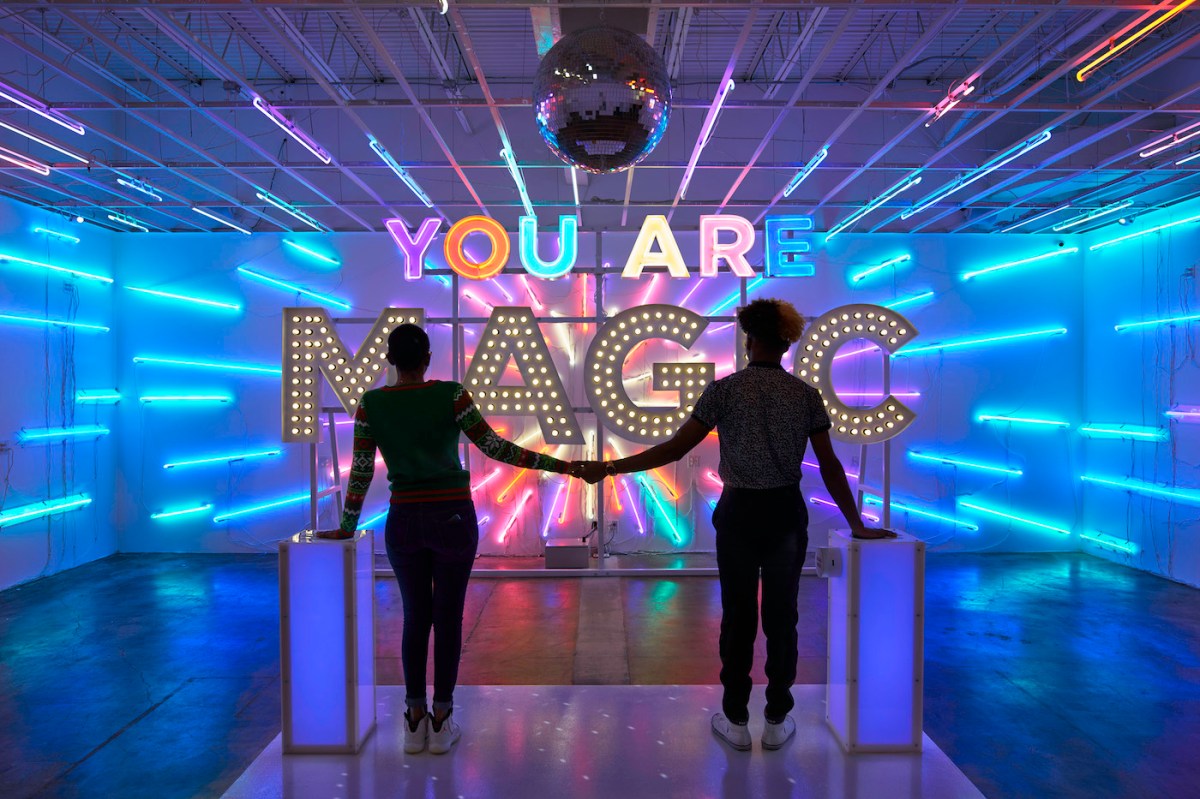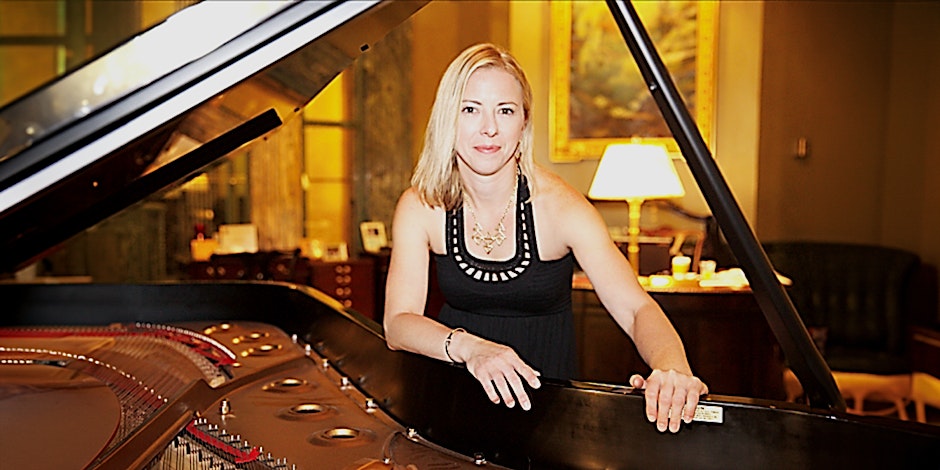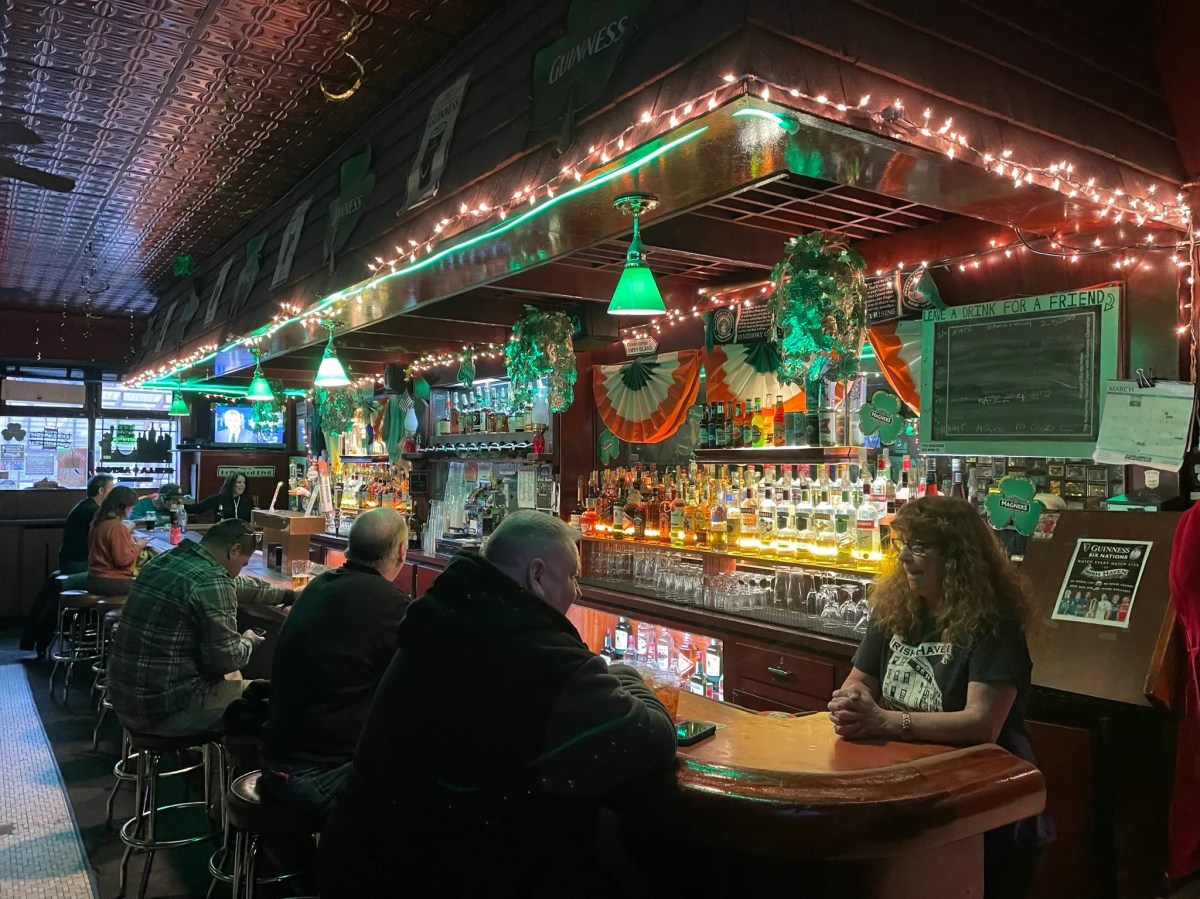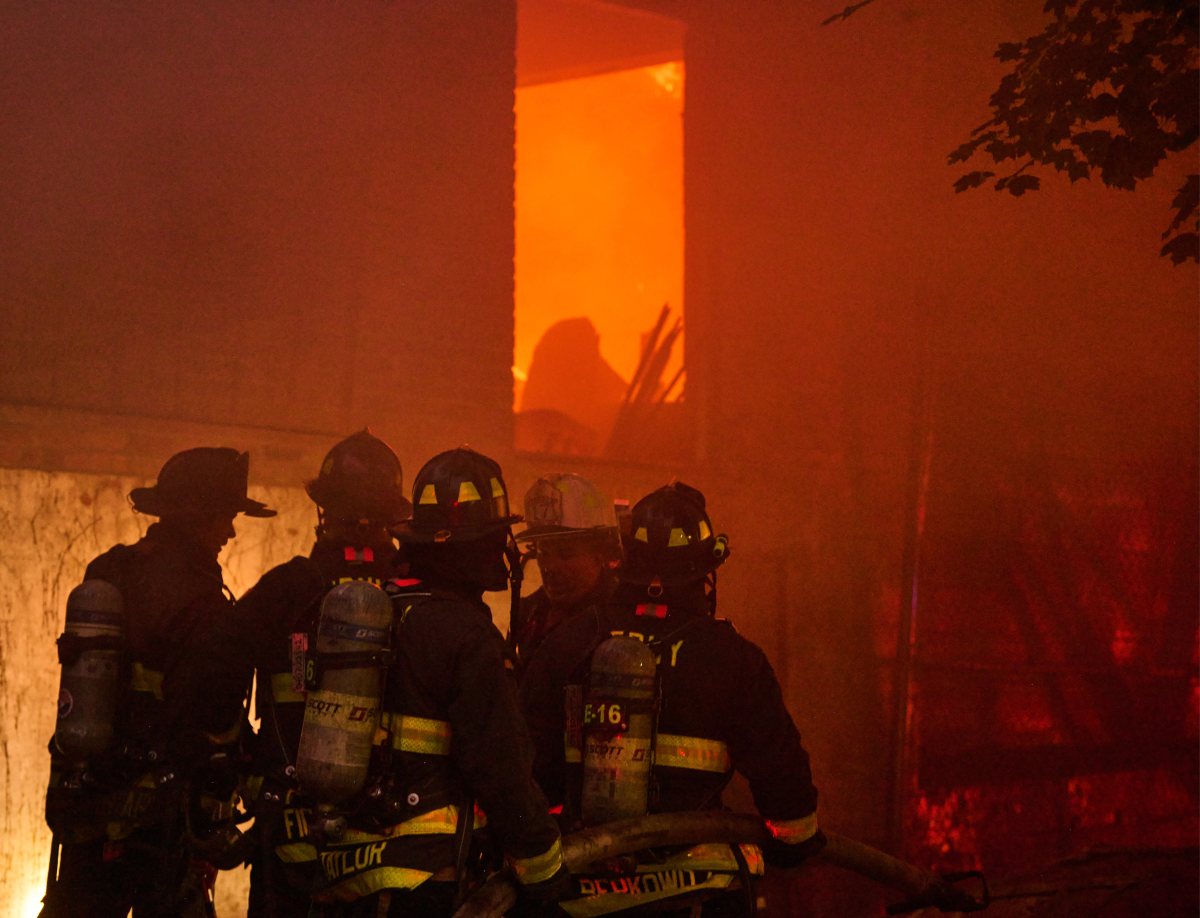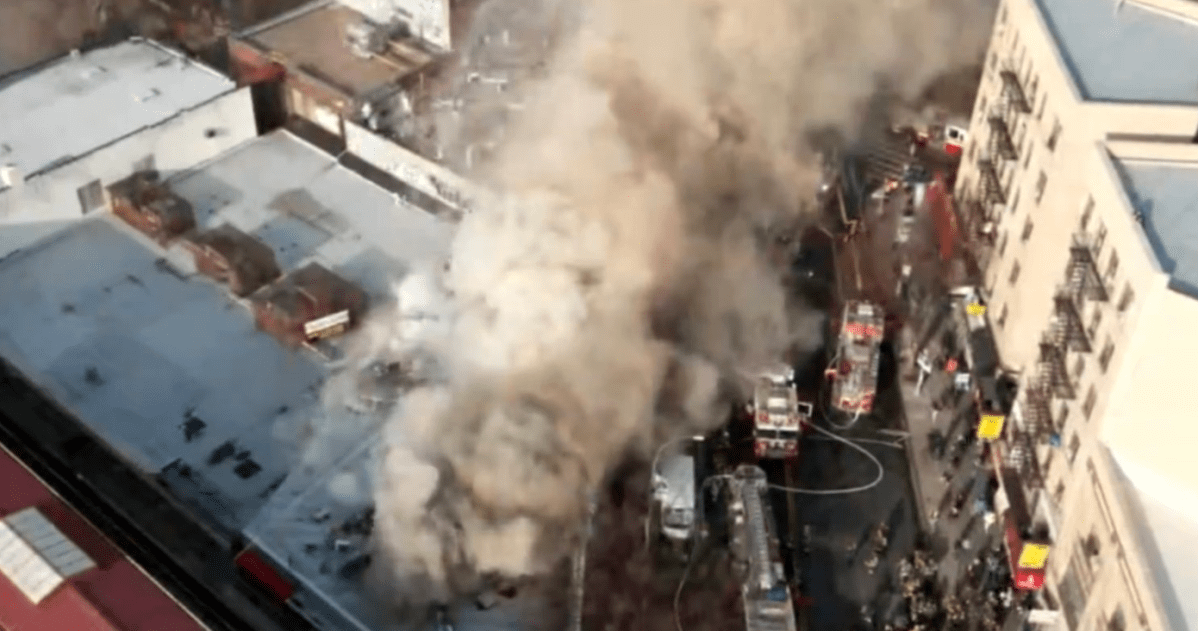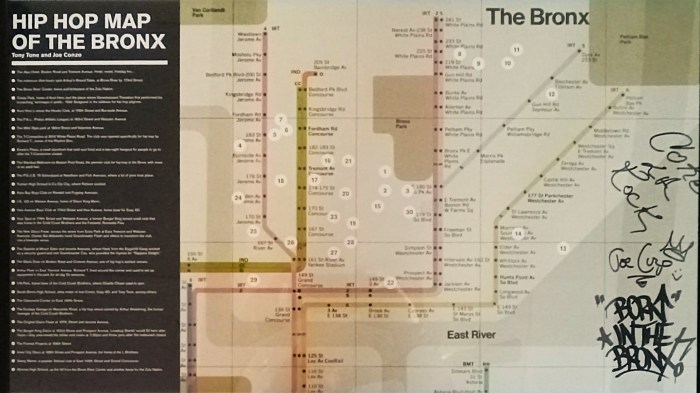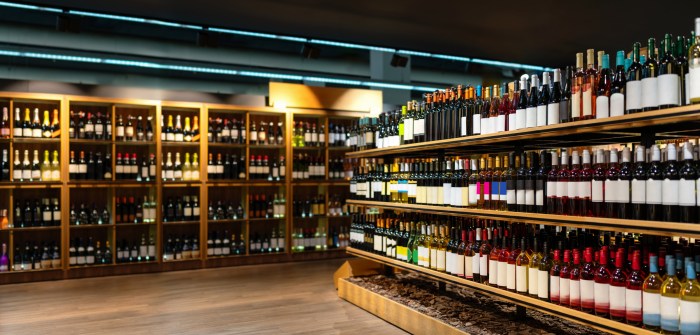MTA officials Pat Foye and Sarah Feinberg are confident that the ridership numbers will continue on the upward trend which has been seen since New York City began phase one of reopening.
By the end of Phase IV, they said in a morning webinar with amNewYork Metro Editor-in-Chief Robert Pozarycki, they believe these numbers on subways alone could reach 70% of what it was before the COVID-19 came onto the scene on March 1, signaling a decline in ridership by 92%.
Subway ridership as of Friday was 900,000, an increase of 17% of normal total ridership and buses were at 970,000, 43% of pre-COVID-19 figures. This is consistent with the MTA’s expectations for the reopening.
“It’s unusual for someone at the MTA like me or Sarah to be rooting for a decline in ridership, but we were because of the public health considerations as the governor articulated those,” Foye, chairman of the MTA, said. “For Phase II, ridership could return, we believe, to 25% to 40% of normal ridership and up to 50% on buses. Phase III, when that happens, we anticipate up to 50% normal ridership on subways and 60% on buses, and then for Phase IV, projections show we could be up to 70% on subways and 80% on buses.”
But while ridership is looking positive and the rolling stock is in cleaner shape than ever with multiple rounds of disinfectant applied daily, the MTA is still in dire financial shape.
The agency being a $17 billion annual operation, according to Foye, the federal government came through with $3.9 billion in support for lost revenue due to ridership decline in March. Whether or not the U.S. Senate will acknowledge the MTA’s role in assisting the Tri-State area to provide 10% of the nation’s GDP by providing $3.9 billion more has yet to be seen, along with what measures the MTA will take if they do not get the funding.
Foye, however, said in no uncertain terms there is no consideration toward imposing a fare hike in the worst-case scenario due to the COVID-19 ridership loss. This is besides the fact that included in the 2020-2024 capital plan there is a fare hike every two years. The last one was in April 2019 when the price of weekly MetroCards has increased a dollar from $32 and monthlies were bumped up from $121 to $127.
“We have no plans for a pandemic-related fare increase, I can assure your readers and viewers that that is not on the table,” Foye said.
With the new sanitization program utilizing UV light to kill germs on surfaces of subways and buses, Feinberg, New York City Transit’s interim president, does not see the program replacing the overall disinfecting effort. Before the implementation of overnight shutdowns – a major increase in efforts – physically scrubbing surfaces daily was projected to cost between $300 to $500 million per year.
“The UV light doesn’t solve everything. It doesn’t, like, incinerate the coffee cup that’s left on the subway or clean up the Diet Coke spill. Look we will always have a strong foundation of cleaners,” Feinberg said. “[The UV technology] is just an extra layer of disinfection. I think the pilot program is really promising. If it works and if we have confidence in it, I think we could get to the point where the car orders have the UV technology inside the cars so it comes built into the car.”
In terms of accelerating the Federal Highway Administration’s approval of congestion pricing through an environmental review, Foye said central business district tolling will probably not meet the Jan. 1 2021 launch date. But despite multiple meetings with the U.S. Department of Transportation have been ultimately fruitless in moving the bureaucratic process along.
“To delay it on an arcane discussion of the environmental process seems both inappropriate and counter-productive to the goals – the environmental [air quality, reduced traffic] goals – in particular of congestion pricing,” Foye said.
Congestion pricing, which could charge vehicles heading into Manhattan below 60th Street, has been in the making since 2017 when the MTA and New York City Transit were scrambling redeem the system from the endemic decline from a poor state of good repair.
